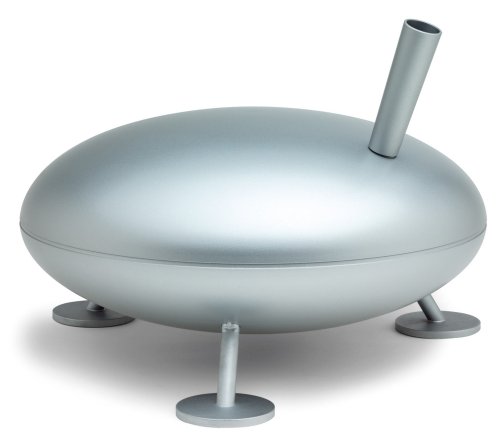Millions of tonnes of Metal are recycled each year in the UK alone, generating billions of pounds in revenue. Just over half of the recycled metal is exported to meet foreign demand and the rest is reprocessed within the UK to make more metal. Metal is an extremely useful and versatile material that is used to make many items in every day use including cars, trucks, ships, aeroplanes, household appliances, railway tracks, cutlery, ovens and of course it is also used for packaging.
One major advantage in recycling metal is that it can be recycled over and over again without losing any of the properties of the metal itself. Metal is therefore a valuable commodity and as such, when a metal item reaches the end of its life, it can be used 100% of the time to make new metal. The most common metals in every day household use today are Steel and Aluminum - Steel is used to make food cans and Aluminum is used to make soft drink cans.
You can tell the difference between Steel and Aluminum using a magnet because Steel will stick to a magnetic whereas Aluminum will not. This makes the sorting of various types of metal at recycling depots a lot easier as opposed to say plastic recycling where sorting is a much more complex practice. When recycling metal, it is divided into Ferrous and non-Ferrous metals.
Recycling Ferrous Metal
Ferrous scrap metal is metal from Steel and Iron so this includes food cans, scrap metal from cars and household appliances etc. According to the British Metal Recycling Association (BMRA), over four and half million tonnes of Iron and Steel scrap metal was supplied to Steelworks in the UK in 2005 to make new Steel and over 6 million tones were exported. Ferrous scrap metal is in demand and growth has increased by approximately 5% each year for the past decade.
Recycling Non Ferrous Metal
Nonferrous scrap metal is waste from metals such as Aluminum, (so includes drinks cans, foil milk bottle tops, foil wrappers, baking trays, kitchen foil etc.) and also Copper, and other metals such as Nickel, Brass, Titanium, Lead and Chromium etc. Less non ferrous metal waste is available but it is more profitable than Ferrous Metal. According to BMRA, in 2005, over a million tonnes of non ferrous metal was processed and nearly half of this was Aluminum followed by Copper and then the other metals. Over 800,000 tonnes was exported representing an increase of 20% on 2004 figures.
Recycling metal at home
The most common household waste metal items generated are food and drinks cans. Recycling these cans is quite a simple process. After the cans are collected they are separated into Steel and Aluminum cans. Steel cans are melted down and the impurities (slag) are removed and will often be recycled back into the construction industry. The remaining pure metal is made into ingots or blocks of steel, which can then be used to make more cans and other products.
Aluminum cans are compressed and melted down, impurities are removed and again, the Aluminum is made into ingots which can then be rolled into Aluminum sheets before being turned into new cans or other products. This whole process is quite rapid and an Aluminum can is often back on a supermarket shelf in as little as 6 weeks.
Most local authorities now provide a means to dispose of empty cans either by roadside collection or at a recycling depot so make use of these facilities and encourage others to do the same as in this way you can help protect the environment and save energy.
Why it is important to recycle metal
Obviously it makes more sense to make use of available resources, particularly when it is easy to do so, rather than to continually deplete the earth's natural resources. The main environmental benefits involved in recycling metal are as follows:
o It takes a lot less energy to melt down waste metal and recycle it than it does to produce new metal
o Using recycled metal reduces CO2 emissions and air pollution
o Less water is used and less water is polluted
o Reduces the need to mine the raw materials required to make the metal such as Iron ore for Steel, Nickel for Stainless Steel and Alumina and Bauxite for Aluminum.
o Reduces the amount of metal going to landfill as despite a growing awareness of the value in recycling metal, a lot of household metal waste from cans is still ending up in landfill sites
Recycling metal is big business and although household waste makes up a small percentage of the total amount of metal recycled, it still makes an important contribution so it is important to recycle those cans as any metal ending up in landfill is simply a waste of valuable resources.









